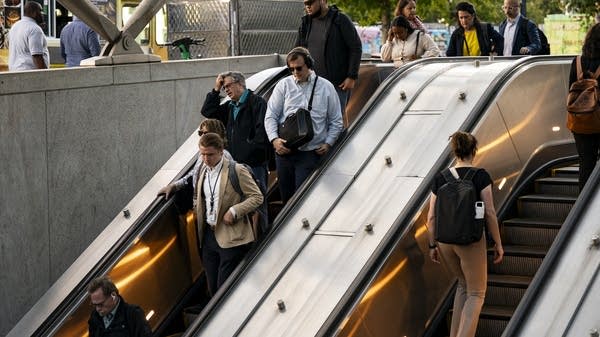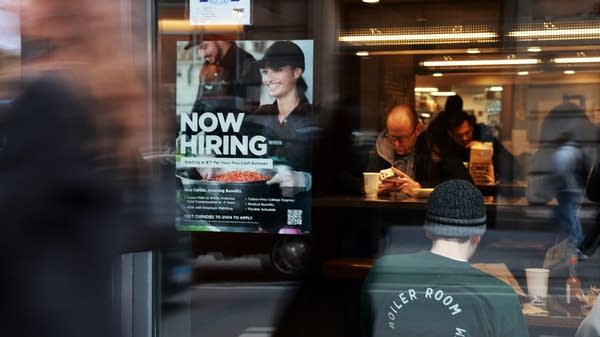Philadelphia Fed reports manufacturing employment is slowing in the region
Manufacturers face increased costs from tariffs and are putting off hiring more workers.

Manufacturers surveyed by the Federal Reserve Bank of Philadelphia this month said activity in the region was fairly subdued. Respondents said demand grew at a slower pace than the month before, and more firms said production slowed down from the prior quarter.
That slowdown is having an impact on employment. In fact, the Philly Fed’s manufacturing employment index fell to its lowest level since May 2020.
Manufacturing activity has been slow for years now. Look at what happened just after the pandemic, said Ben Ayers, senior economist at Nationwide: “We really saw consumers shift from buying goods to buying services, the demand for goods has really waned.”
And then came the Trump administration’s tariffs.
Ayers said many manufacturers aren’t able to adjust their supply chains to avoid those higher costs.
“So because of that, they’re making any changes they can take, to try to cut back on the cost front,” he said.
Manufacturers aren’t announcing big waves of layoffs, said Ryan Sweet, chief U.S. economist at Oxford Economics. He said firms are more likely to just put off any decisions about hiring, since things are so uncertain.
“That creates paralysis. Not just for hiring, but also for business investment in equipment, in structures,” he said.
That said, there is evidence that the tariffs during the first Trump administration caused manufacturing employment to eventually fall.
Sweet said the sector itself isn’t a huge component of the economy. But on the other hand, manufacturing layoffs can have broader consequences — especially if those workers reduce their spending.
“That reduction in spending then reduces the demand for workers in other industries. So therefore they either cut back on hours worked, or they cut back on employment,” he said.
Sweet said that’s why a pickup in manufacturing layoffs could be concerning. Because a strong labor market is the economy’s last line of defense against a recession.













